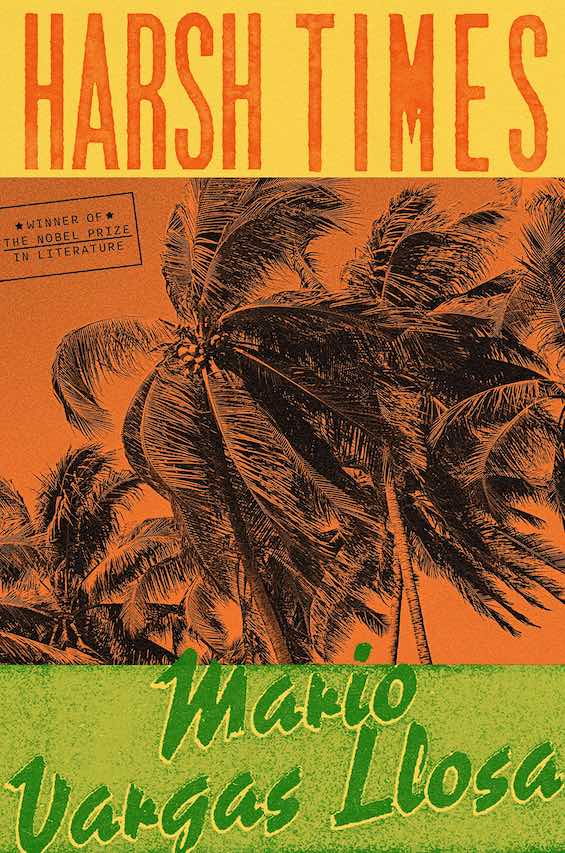
You’ve read stories with unreliable narrators. Well, here’s a novel by a Nobel Prize-winning author who comes across as an addled narrator. The man simply can’t seem to keep the story straight. The scene shifts rapidly, seemingly without reason, from one person and one time to another. Someone dies in one chapter, and we revisit him, very much alive two chapters later, three or five years earlier. And unless you’re familiar with the basic facts about the tragic history of Guatemala beginning in the 1950s, you’re likely to get lost in the constant barrage of characters with three names who populate this overheated narrative. But the central event is clear throughout: this is the story of the CIA coup that led to regime change in Guatemala in 1954. And it’s solidly grounded on historical fact.
Estimated reading time: 5 minutes
A tragic half-century of coups and civil war
Fortunately, I approached this novel fully aware of the events at the heart of the story. (I studied Latin American history and politics in graduate school.) In fact, the basic contours of the tale are well known in the region. Guatemala’s turn from a century of dictatorship to democracy late in World War II. The presidency of Juan José Arévalo (1945-51), who sought to bring US-style democracy and capitalism to his country. And his ill-fated successor, Jacobo Árbenz Guzmán, who served for just three years (1951-54) until he was overthrown in a CIA-led coup instigated by the United Fruit Company.
Regime change, Latin American style
The US-engineered regime change in Guatemala produced results as tragic as those in Chile two decades later, when military men supported by the US overthrew Salvador Allende. In Guatemala, the CIA coup ushered in the military dictatorship of Colonel Carlos Castillo Armas (1954-57). Whose subsequent assassination led in turn to five decades of right-wing oppression and a civil war in which at least 200,000 died and 400,000 lost their homes.
These events represent one of the archetypal developments in Latin American history in the 20th century. And if you keep all those facts firmly in mind, you should be able to enjoy this novel. I’m sure many of Vargas Llosa’s Latin American readers have done so. After all, there were reasons why the author won the Nobel Prize for Literature.
Harsh Times by Mario Vargas Llosa (2021) 242 pages ★★★★☆
Winner of the Nobel Prize for Literature
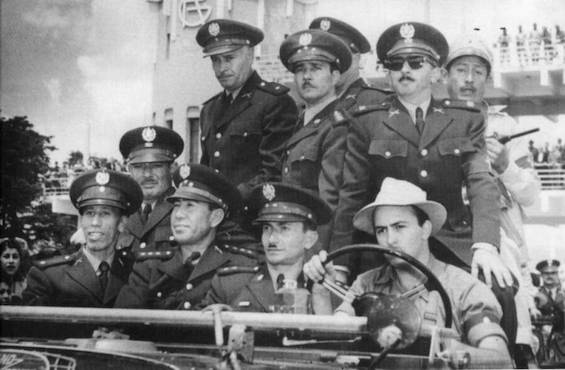
A cast of characters packed with boldfaced names
In Harsh Times, the three Guatemalan presidents—Juan José Arévalo, Jacobo Árbenz Guzmán, and Carlos Castillo Armas—and the men and women around them hold center stage. But Vargas Llosa manages to crowd other then-prominent figures in Latin America into the tale:
- Samuel Zemurray (1877-1961), president of the United Fruit Company, known as “Sam the Banana Man”
- Zemurray’s genius public relations consultant, Edward Bernays (1891-1995), who constructed the myth that Guatemala was turning to Communism
- Two of the region’s most notorious dictators at the time: Rafael Trujillo (1891-1961) of the Dominican Republic and Anastasio Somoza García (1896-1956) of Nicaragua, both of whom actively backed the overthrow of Árbenz Guzmán
- A smattering of CIA officers and other US officials crop up in the story, too, including Howard Hunt (1918-2007), of later Watergate fame.
This is history in fictional form, squarely based on the known facts of the events that tore apart the tiny nation of Guatemala in the 1950s and ushered in a genocidal civil war that lasted for decades. In fact, Vargas Llosa devotes the final chapter in his account to a first-person interview with one of the principal figures in the story: a once-beautiful woman nicknamed “Miss Guatemala” (though she wasn’t). Miss Guatemala was mistress to many of the other leading characters, including both Castillo Armas and the Dominican security officer who murdered him.
About the author
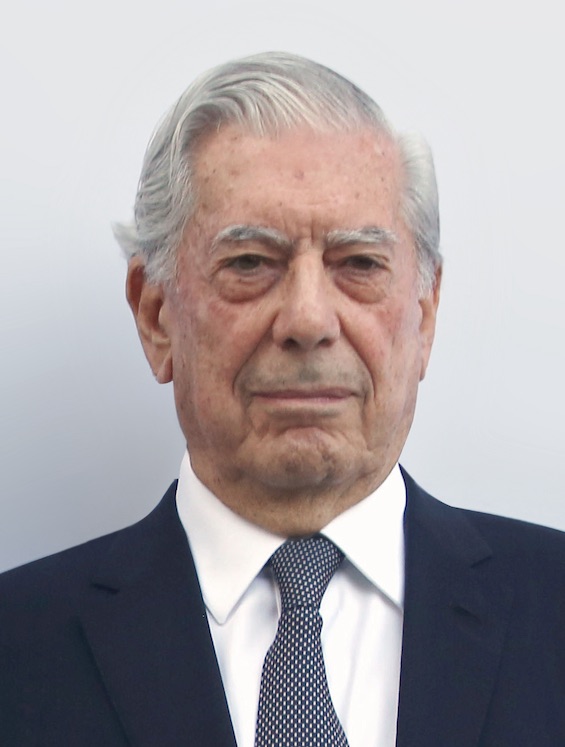
Mario Vargas Llosa (1936-) won the Nobel Prize for Literature in 2010. He is widely regarded as one of the most significant novelists and essayists of his generation and a leading light on the Latin American literary scene. Now well into his eighties, Vargas Llosa has been published since the 1950s. He is Peruvian but holds dual citizenship in Spain. Wikipedia notes that “Vargas Llosa has mainly lived in Madrid since the 1990s, but spends roughly three months of the year in Peru with his extended family.” In 1990, he ran for President of Peru against Alberto Fujimori “because the country’s ‘very fragile democracy was shaking and on the point of collapse.'”
For related reading
Check out The Fish That Ate the Whale: The Life and Times of America’s Banana King by Rich Cohen (The amazing story of America’s Banana King).
I’ve reviewed two other novels, both excellent, about political upheaval in Latin America:
- Red April by Santiago Roncagliolo (The brutal legacy of terrorism in the Andes)
- The Comedians by Graham Greene (Expatriates observe Haiti’s reign of terror)
You might also enjoy:
And you can always find my most popular reviews, and the most recent ones, on the Home Page.

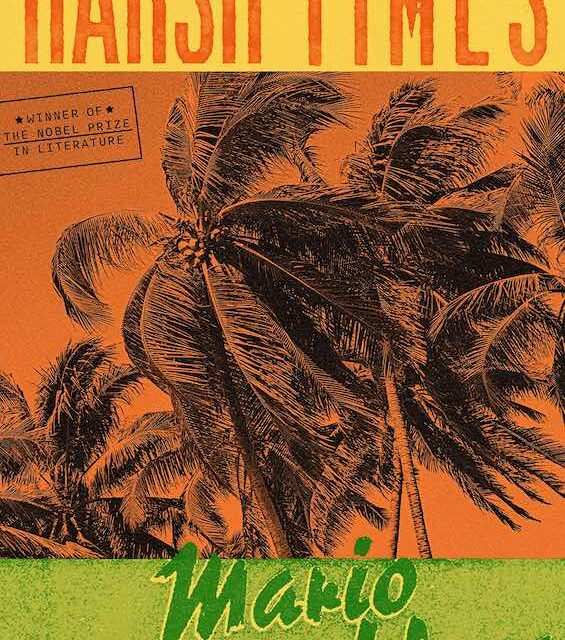
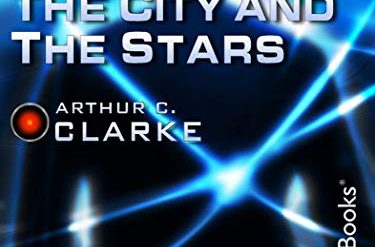


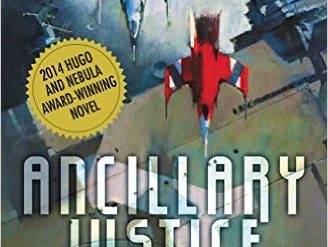

















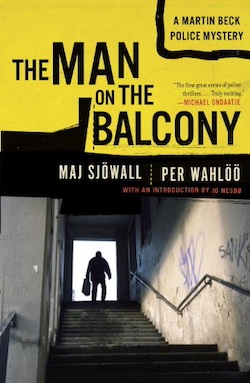




Mal, Excellent review! Some of Vargas Llosa’s politial stances have been controversial, but he did receive a Nobel Prize for a reason–as you point out and this is an excellent read.
Here’s my review:http://millionmilewalker.com/2021/12/harsh-times-by-mario-vargas-llosa-reviewed-by-mark-d-walker/
Saludos,
Mark